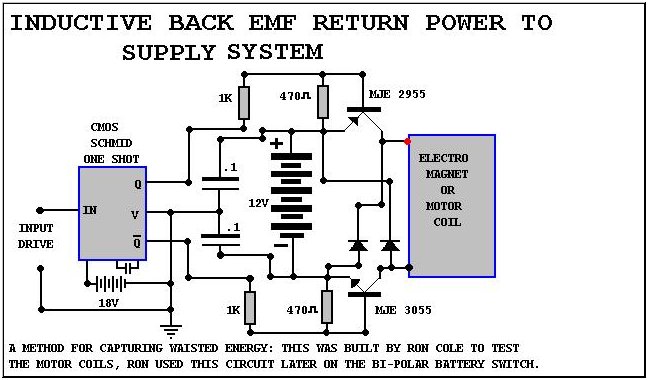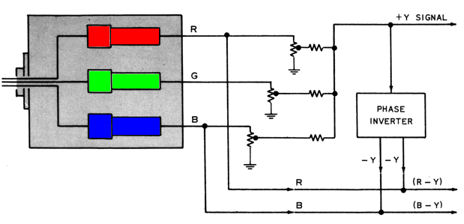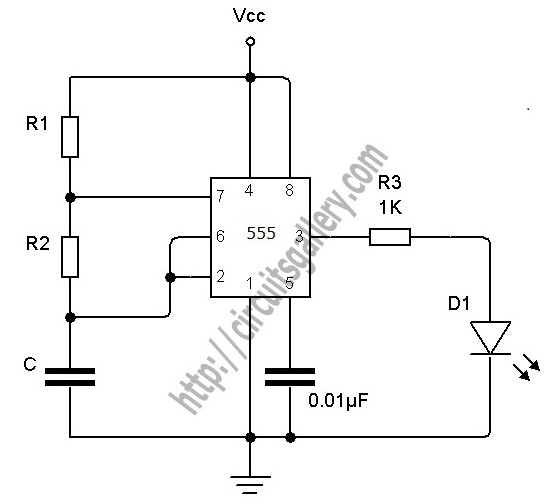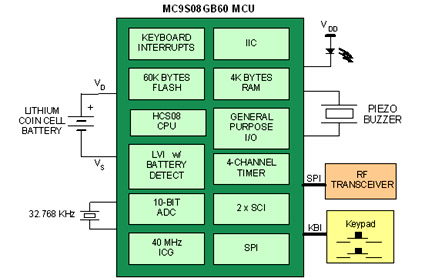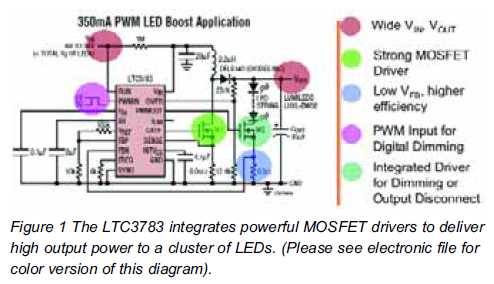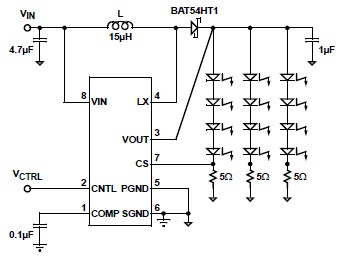
Tesl coil design

Tesla coils are air-core, resonant transformers that operate at high frequencies to generate immense voltages, resulting in spectacular lightning-like discharges. They are commonly utilized in the film industry to create effects that require lightning or electrical arcs. A notable example of their use is in the film "The Entity," where the actor appears to have lightning bolts emanating from her body, achieved through Tesla coil effects provided by William Wysock. Another example is in "Terminator II," specifically in the scene where the antagonist Terminator arrives from the future. The image accompanying the text features Nikola Tesla, the inventor after whom the device is named, recognized as one of the greatest electrical inventors of modern times. Tesla coils function as resonant transformers, operating at a specific resonant frequency. There is no universal frequency for Tesla coils; instead, designers either target a specific frequency or tune the coil to resonate at a frequency that is optimal for its construction. The resonant frequency is determined by the secondary coil, which acts as a complex LCR network. The inductive (L) component is the physical coil, defined by its number of turns, diameter, and length. The capacitive (C) component consists of several isotropic values, including the surface area of the secondary wire and the discharge electrode. Isotropic capacitance represents a virtual capacitance effect, even when there are no physical plates present to create a capacitor. The resistive (R) component is the wire itself, which defines the physical resistance of the secondary coil at its resonant frequency. To achieve resonance in the secondary coil, energy pulses must be precisely timed and fed through the primary coil to facilitate energy transfer through the air. An analogy can be drawn with two identical tuning forks; striking one and holding it near the other demonstrates how energy can transfer through the air when both are at the same resonant frequency. The primary circuit consists of a high-voltage transformer, a high-voltage capacitor, a spark gap, and a primary coil, collectively functioning as a rudimentary oscillator. The transformer charges the capacitor until the voltage across the spark gap is sufficient to create a spark. This spark allows the energy stored in the capacitor to be discharged into the primary coil, generating a magnetic field as the energy flows through it. The magnetic field eventually collapses, returning energy to the capacitor, creating a continuous oscillation until the voltage is insufficient to maintain the spark gap. The oscillation frequency is determined by the values of the primary capacitor and the primary coil, which together form a parallel-resonant circuit. In typical Tesla coil designs, adjusting the frequency involves altering the inductance of the primary coil by changing the number of turns in the coil.
Tesla coils are intricate devices that leverage the principles of electromagnetic induction and resonance to produce high-voltage discharges. The operation begins with the high-voltage transformer, which steps up the input voltage to a level sufficient to charge the capacitor. The capacitor serves as a storage element, accumulating energy until it reaches a critical voltage, at which point the spark gap conducts, allowing the stored energy to flow into the primary coil.
The primary coil, designed with a specific number of turns, creates a magnetic field that is crucial for the operation of the Tesla coil. As the current flows through this coil, it induces a secondary voltage in the adjacent secondary coil, which is tuned to resonate at the same frequency as the primary circuit. This resonance is essential for efficient energy transfer, maximizing the output voltage and creating the dramatic electrical arcs characteristic of Tesla coils.
The design of the secondary coil is equally important, as it dictates the resonant frequency based on its physical characteristics. The interplay of inductance, capacitance, and resistance defines how well the coil can resonate and produce high voltages. Adjustments to the number of turns in the secondary coil can fine-tune the system, allowing for experimentation with different frequencies and output characteristics.
In practical applications, safety measures must be considered due to the high voltages generated. Proper insulation, grounding, and protective barriers are essential to prevent accidental contact with the high-voltage components. Additionally, the design must account for the potential electromagnetic interference generated by the operation of the coil, which can affect nearby electronic devices.
Overall, Tesla coils represent a fascinating intersection of science and engineering, demonstrating the principles of resonance and electromagnetic fields in a visually captivating manner. Their applications extend beyond entertainment, serving as educational tools and experimental devices in the field of electrical engineering.Tesla coils are air-core, resonant transformers. Working at high frequencies, they can generate tremendous voltages with spectacular lightning-like discharges. The most popular use for them has been in the film industry, where they are used whenever lightning or electrical arcs are required.
Perhaps the best use of Tesla coil effect s can be seen in "The Entity". In this film, the actor actually has lightning bolts radiating from her body, and this scene was not faked. (William Wysock provided the effects. ) Another film was "Terminator II", specifically the scene where the `bad` Terminator arrives from the future in the first part of the film. (the scene with all the trucks. ). The picture of the man on the right-hand side is of Nikola Tesla. The man whose invention bears his name. The greatest electrical inventor of modern times. For more info on him click on his picture or goto my Nikola Tesla Bio. As mentioned, Tesla coils are resonant transformers. This implies that there is a specific frequency at which they operate - the resonant frequency. There is no "special" universal Tesla coil frequency - rather, you either target a frequency in the design, or tune a coil into whatever frequency it happens to be happy with.
What determines this resonant frequency is the secondary coil - a complex LCR network. The inductive (L) component is the physical coil itself, and is based upon the number of turns, the diameter and length of the coil. The capacitive (C) component is comprised of several isotropic values; the surface of the secondary wire and the discharge electrode.
(Isotropic capacitance in essence is `virtual` capacitance - there is a capacitive effect even though it appears like there isn`t any physical plates to create the capacitor. ) The resistive (R) component consists of the wire itself, and identifies the physical resistance of the secondary coil at the resonant frequency.
To get the secondary to resonate, pulses of energy have to be fed at just the right rate and frequency through the primary to enable energy transfer through the air. A good example of this can be obtained with two identical tuning forks. Strike one tuning fork then hold near the second, after 15s stop the first one from vibrating. The second tuning fork will still be vibrating because of the influence of the first fork, which has the same resonant frequency.
Energy is transferred easily through nearby air molecules which are vibrating at the frequecies of the forks. Energy pulses come from the primary circuit. This circuit is made up of (1) the high-voltage transformer, (2) high-voltage capacitor, (3) the spark gap and (4) the primary coil.
Together, these parts form a crude type of oscillator. What happens is thus: the transformer charges the capacitor up until there is a high enough voltage across the spark gap to jump the air gap. When this spark occurs, the energy stored in the capacitor is `dumped` into the primary coil. The primary coil then builds a magnetic field as the capacitor`s energy flows through it. The magnetic field will eventually collapse, and will in turn dump what energy is left back into the capacitor.
This see-saw activity continues until there isn`t enough voltage left to jump the spark gap. The oscillation frequency is determined by the value of the primary capacitor and the primary coil. Together, they form what is called a parallel-resonant circuit. In typical Tesla coil designs, the frequency is adjusted by altering the primary coil`s inductance, by changing the number of turns on the primary coil. If the energy bursts are of the same frequency as the secondary, the energy tr 🔗 External reference
Tesla coils are intricate devices that leverage the principles of electromagnetic induction and resonance to produce high-voltage discharges. The operation begins with the high-voltage transformer, which steps up the input voltage to a level sufficient to charge the capacitor. The capacitor serves as a storage element, accumulating energy until it reaches a critical voltage, at which point the spark gap conducts, allowing the stored energy to flow into the primary coil.
The primary coil, designed with a specific number of turns, creates a magnetic field that is crucial for the operation of the Tesla coil. As the current flows through this coil, it induces a secondary voltage in the adjacent secondary coil, which is tuned to resonate at the same frequency as the primary circuit. This resonance is essential for efficient energy transfer, maximizing the output voltage and creating the dramatic electrical arcs characteristic of Tesla coils.
The design of the secondary coil is equally important, as it dictates the resonant frequency based on its physical characteristics. The interplay of inductance, capacitance, and resistance defines how well the coil can resonate and produce high voltages. Adjustments to the number of turns in the secondary coil can fine-tune the system, allowing for experimentation with different frequencies and output characteristics.
In practical applications, safety measures must be considered due to the high voltages generated. Proper insulation, grounding, and protective barriers are essential to prevent accidental contact with the high-voltage components. Additionally, the design must account for the potential electromagnetic interference generated by the operation of the coil, which can affect nearby electronic devices.
Overall, Tesla coils represent a fascinating intersection of science and engineering, demonstrating the principles of resonance and electromagnetic fields in a visually captivating manner. Their applications extend beyond entertainment, serving as educational tools and experimental devices in the field of electrical engineering.Tesla coils are air-core, resonant transformers. Working at high frequencies, they can generate tremendous voltages with spectacular lightning-like discharges. The most popular use for them has been in the film industry, where they are used whenever lightning or electrical arcs are required.
Perhaps the best use of Tesla coil effect s can be seen in "The Entity". In this film, the actor actually has lightning bolts radiating from her body, and this scene was not faked. (William Wysock provided the effects. ) Another film was "Terminator II", specifically the scene where the `bad` Terminator arrives from the future in the first part of the film. (the scene with all the trucks. ). The picture of the man on the right-hand side is of Nikola Tesla. The man whose invention bears his name. The greatest electrical inventor of modern times. For more info on him click on his picture or goto my Nikola Tesla Bio. As mentioned, Tesla coils are resonant transformers. This implies that there is a specific frequency at which they operate - the resonant frequency. There is no "special" universal Tesla coil frequency - rather, you either target a frequency in the design, or tune a coil into whatever frequency it happens to be happy with.
What determines this resonant frequency is the secondary coil - a complex LCR network. The inductive (L) component is the physical coil itself, and is based upon the number of turns, the diameter and length of the coil. The capacitive (C) component is comprised of several isotropic values; the surface of the secondary wire and the discharge electrode.
(Isotropic capacitance in essence is `virtual` capacitance - there is a capacitive effect even though it appears like there isn`t any physical plates to create the capacitor. ) The resistive (R) component consists of the wire itself, and identifies the physical resistance of the secondary coil at the resonant frequency.
To get the secondary to resonate, pulses of energy have to be fed at just the right rate and frequency through the primary to enable energy transfer through the air. A good example of this can be obtained with two identical tuning forks. Strike one tuning fork then hold near the second, after 15s stop the first one from vibrating. The second tuning fork will still be vibrating because of the influence of the first fork, which has the same resonant frequency.
Energy is transferred easily through nearby air molecules which are vibrating at the frequecies of the forks. Energy pulses come from the primary circuit. This circuit is made up of (1) the high-voltage transformer, (2) high-voltage capacitor, (3) the spark gap and (4) the primary coil.
Together, these parts form a crude type of oscillator. What happens is thus: the transformer charges the capacitor up until there is a high enough voltage across the spark gap to jump the air gap. When this spark occurs, the energy stored in the capacitor is `dumped` into the primary coil. The primary coil then builds a magnetic field as the capacitor`s energy flows through it. The magnetic field will eventually collapse, and will in turn dump what energy is left back into the capacitor.
This see-saw activity continues until there isn`t enough voltage left to jump the spark gap. The oscillation frequency is determined by the value of the primary capacitor and the primary coil. Together, they form what is called a parallel-resonant circuit. In typical Tesla coil designs, the frequency is adjusted by altering the primary coil`s inductance, by changing the number of turns on the primary coil. If the energy bursts are of the same frequency as the secondary, the energy tr 🔗 External reference
